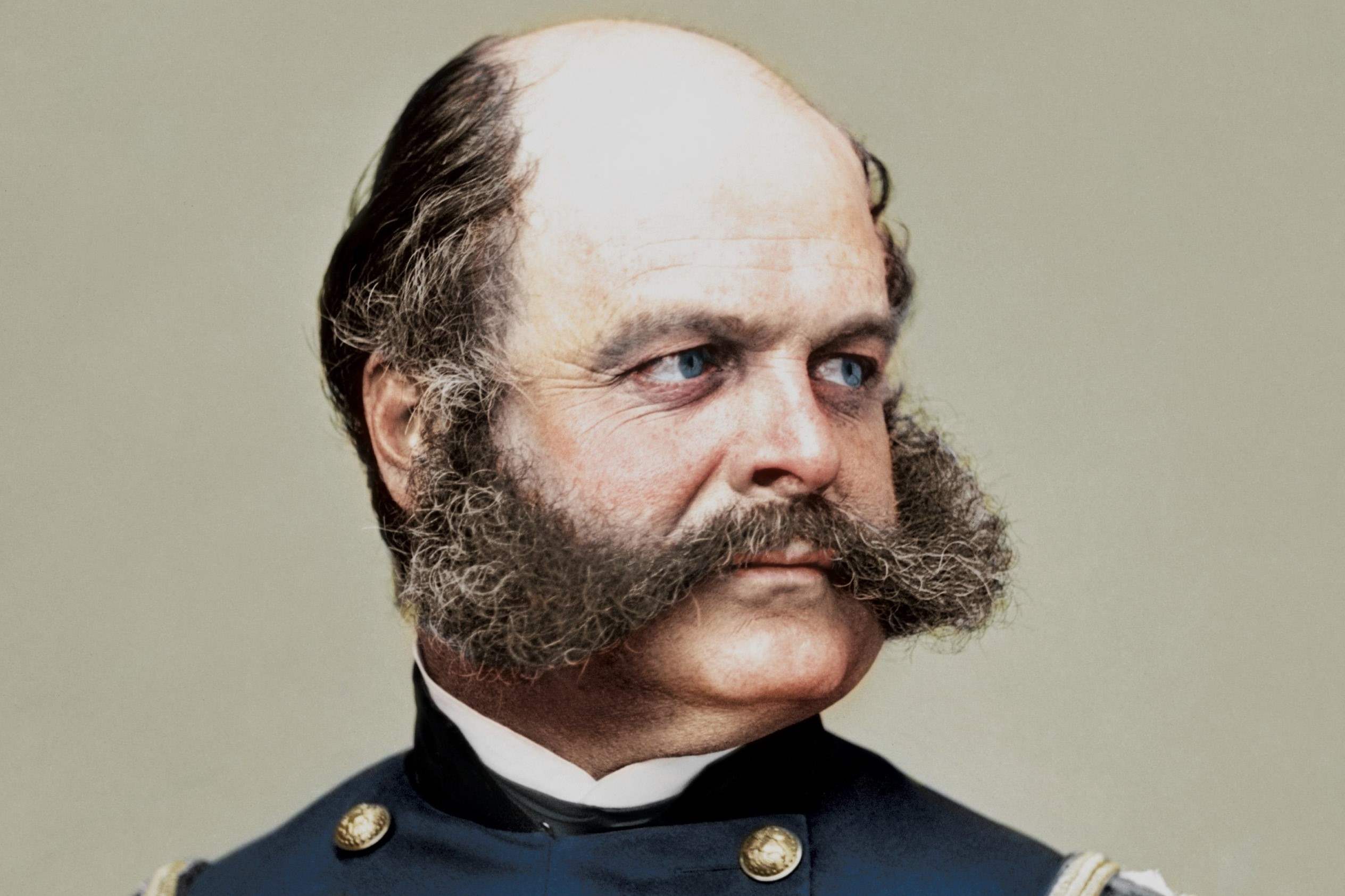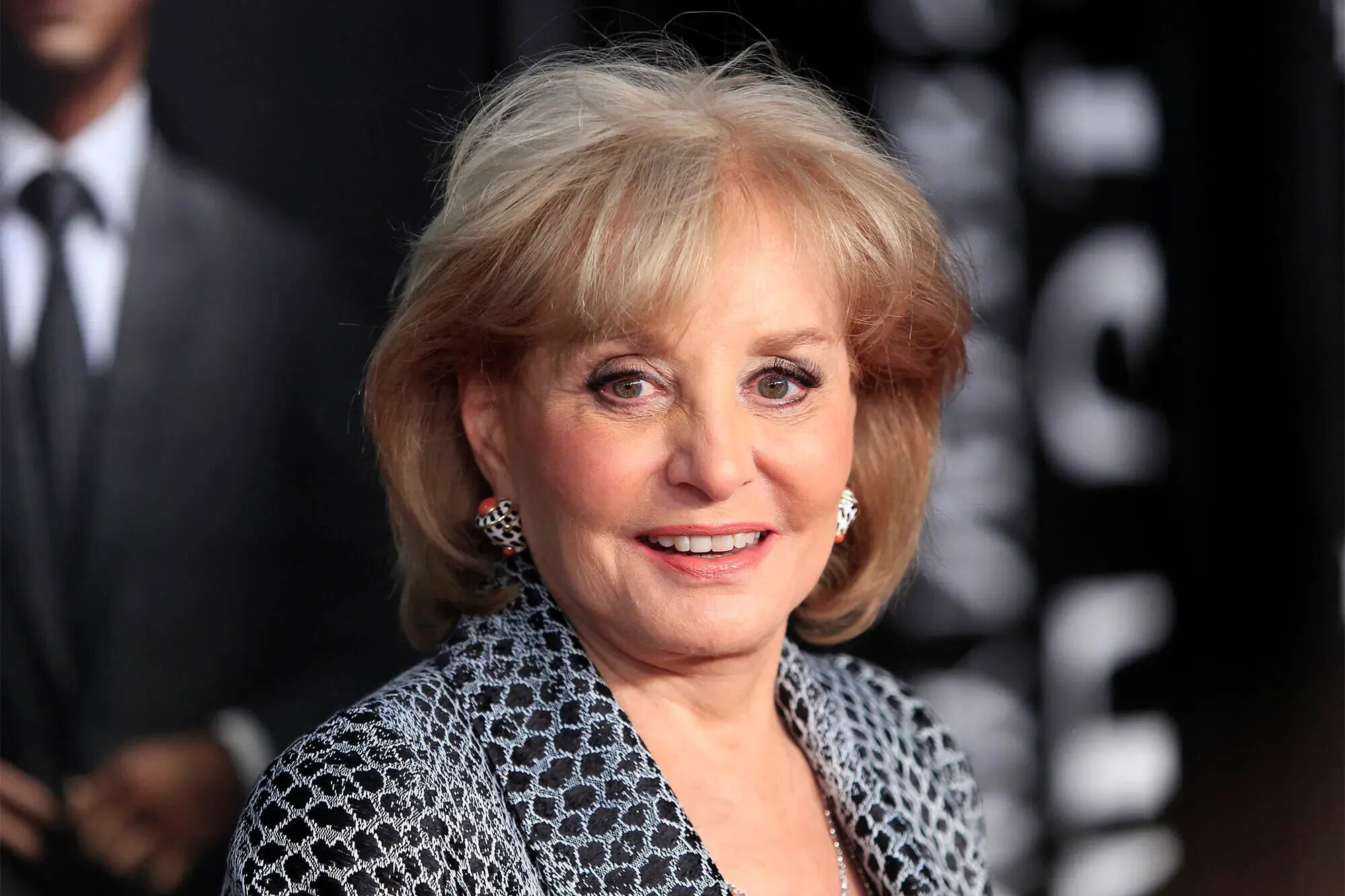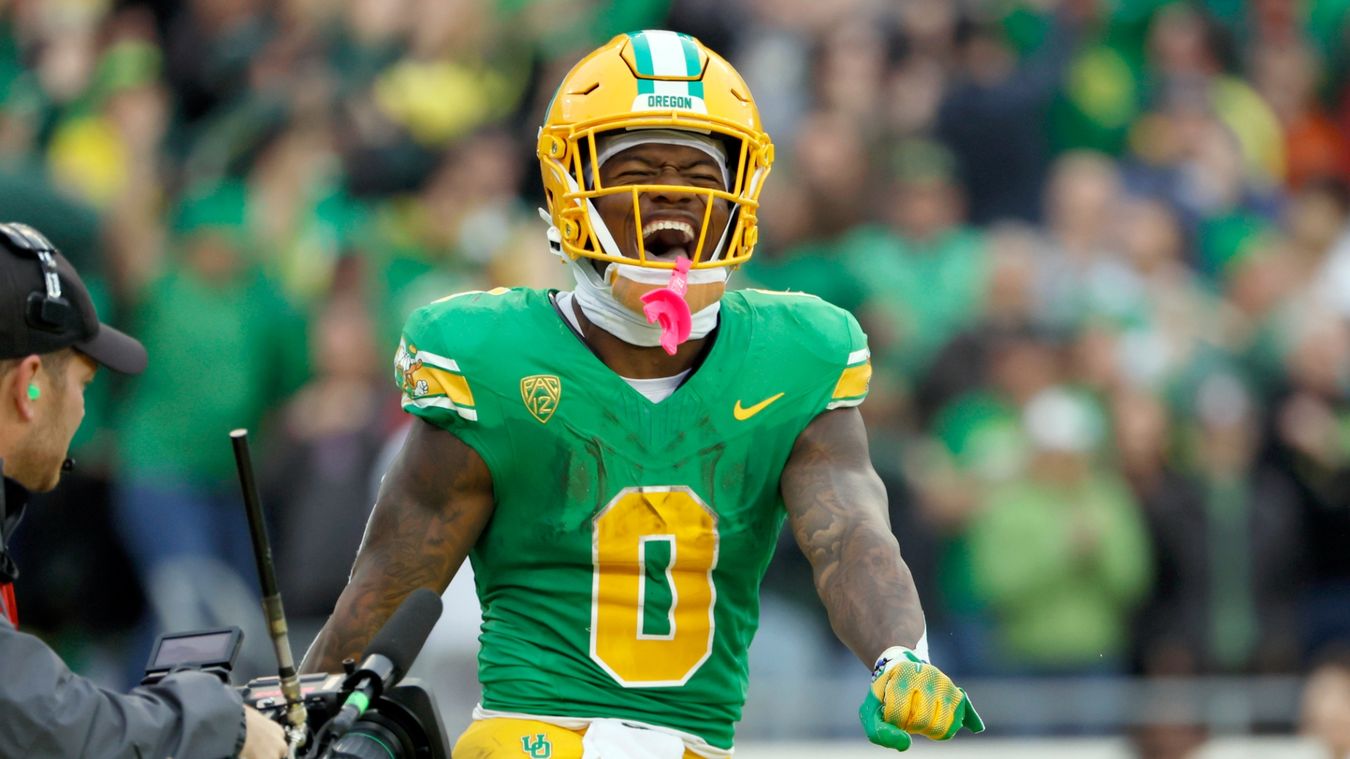
Who was Ambrose Burnside? Ambrose Burnside was a Union Army general during the American Civil War, known for his distinctive facial hair, which led to the term "sideburns." Born in 1824, Burnside had a varied career as a soldier, inventor, and politician. He served as the governor of Rhode Island and later as a U.S. senator. Despite his military setbacks, including the infamous Battle of Fredericksburg, Burnside's legacy endures through his contributions to military tactics and his unique style. Want to know more? Here are 35 intriguing facts about this multifaceted historical figure.
Key Takeaways:
- Ambrose Burnside, a Civil War general and politician, led successful military campaigns but also faced significant defeats. His legacy lives on through the term "sideburns" and his contributions to American history.
- Known for his distinctive facial hair and military achievements, Ambrose Burnside's legacy extends beyond the battlefield. His impact on American history and society is still felt today.
Early Life and Education
Ambrose Burnside, a notable figure in American history, had an intriguing early life and education that shaped his future.
- Born on May 23, 1824, in Liberty, Indiana, Burnside was the fourth of nine children.
- His father, Edghill Burnside, was a South Carolina native who served in the War of 1812.
- Ambrose attended Liberty Seminary, a local school, before enrolling at the United States Military Academy at West Point.
- Graduating in 1847, he ranked 18th in a class of 38, showing early promise in his military career.
Military Career
Burnside's military career was marked by both achievements and controversies, making him a complex figure in Civil War history.
- He served in the Mexican-American War shortly after graduating from West Point.
- Burnside resigned from the army in 1853 to focus on his invention, the Burnside carbine, a breech-loading rifle.
- Rejoining the army in 1861, he was appointed a brigadier general in the Union Army.
- He led successful campaigns in North Carolina, capturing Roanoke Island and New Bern in 1862.
- His leadership at the Battle of Antietam earned him a promotion to major general.
- The Battle of Fredericksburg in December 1862 was a significant defeat for Burnside, with heavy Union casualties.
- After Fredericksburg, he was relieved of command of the Army of the Potomac.
- Burnside later commanded the Department of the Ohio, where he arrested and tried Confederate sympathizer Clement Vallandigham.
- His last major military engagement was the Battle of the Crater during the Siege of Petersburg, which ended disastrously for Union forces.
Political Career
After his military service, Burnside transitioned into politics, where he continued to influence American society.
- Elected as the Governor of Rhode Island, he served three one-year terms from 1866 to 1869.
- Burnside was a founding member of the National Rifle Association in 1871.
- In 1874, he was elected as a U.S. Senator from Rhode Island, serving until his death in 1881.
- As a senator, he chaired the Committee on Foreign Relations and the Committee on Education and Labor.
Personal Life and Legacy
Burnside's personal life and legacy offer a glimpse into the man behind the military and political roles.
- He married Mary Richmond Bishop in 1852, but the couple had no children.
- Known for his distinctive facial hair, the term "sideburns" is derived from his last name.
- Burnside was an inventor, holding a patent for the Burnside carbine, which was used during the Civil War.
- He was a member of several fraternal organizations, including the Freemasons and the Odd Fellows.
- Burnside was known for his kindness and generosity, often helping fellow veterans and their families.
- He died on September 13, 1881, in Bristol, Rhode Island, at the age of 57.
- Burnside is buried in Swan Point Cemetery in Providence, Rhode Island.
Interesting Tidbits
Some lesser-known facts about Burnside add depth to his already fascinating story.
- He once worked as a treasurer for the Illinois Central Railroad, where he met future President Abraham Lincoln.
- Burnside was an avid horseman and enjoyed riding throughout his life.
- He was a skilled marksman, often participating in shooting competitions.
- Despite his military setbacks, Burnside was well-liked by his peers and subordinates.
- He was a staunch supporter of the Union and worked tirelessly to preserve it during the Civil War.
- Burnside's leadership style was often described as cautious and methodical.
- He was known for his distinctive voice, which was both commanding and reassuring.
- Burnside was a prolific letter writer, often corresponding with friends, family, and fellow soldiers.
- He was a devout Episcopalian and regularly attended church services.
- Burnside's home in Bristol, Rhode Island, is now a historic site open to the public.
- Despite his mixed legacy, Burnside remains a significant figure in American history, remembered for his contributions to both military and political spheres.
The Legacy of Ambrose Burnside
Ambrose Burnside's life was a mix of military service, political involvement, and unique personal style. Known for his distinctive facial hair, which gave rise to the term "sideburns," Burnside also played significant roles in the Civil War and later in politics. His leadership at battles like Antietam and Fredericksburg showed both his strengths and weaknesses as a commander. After the war, he served as a U.S. Senator and Governor of Rhode Island, contributing to public service in various ways.
Burnside's legacy is a blend of military history and cultural impact. His name lives on, not just in history books but also in everyday language. Understanding his life offers a glimpse into a complex figure who shaped and was shaped by his times. His story reminds us that history is full of multifaceted individuals whose contributions extend beyond their primary roles.
Frequently Asked Questions
Was this page helpful?
Our commitment to delivering trustworthy and engaging content is at the heart of what we do. Each fact on our site is contributed by real users like you, bringing a wealth of diverse insights and information. To ensure the highest standards of accuracy and reliability, our dedicated editors meticulously review each submission. This process guarantees that the facts we share are not only fascinating but also credible. Trust in our commitment to quality and authenticity as you explore and learn with us.


